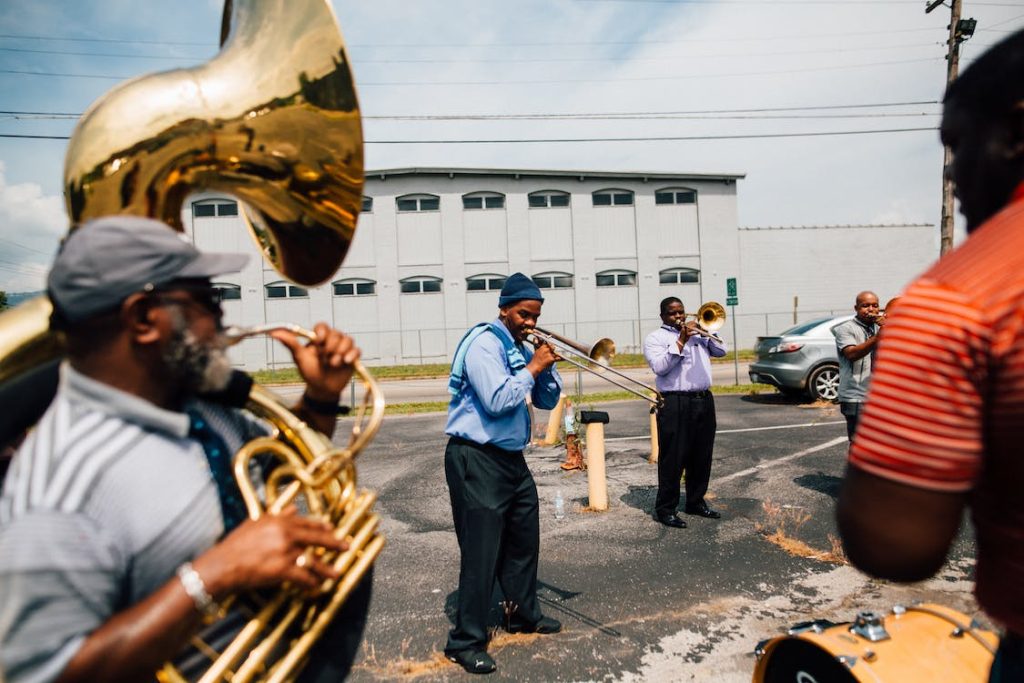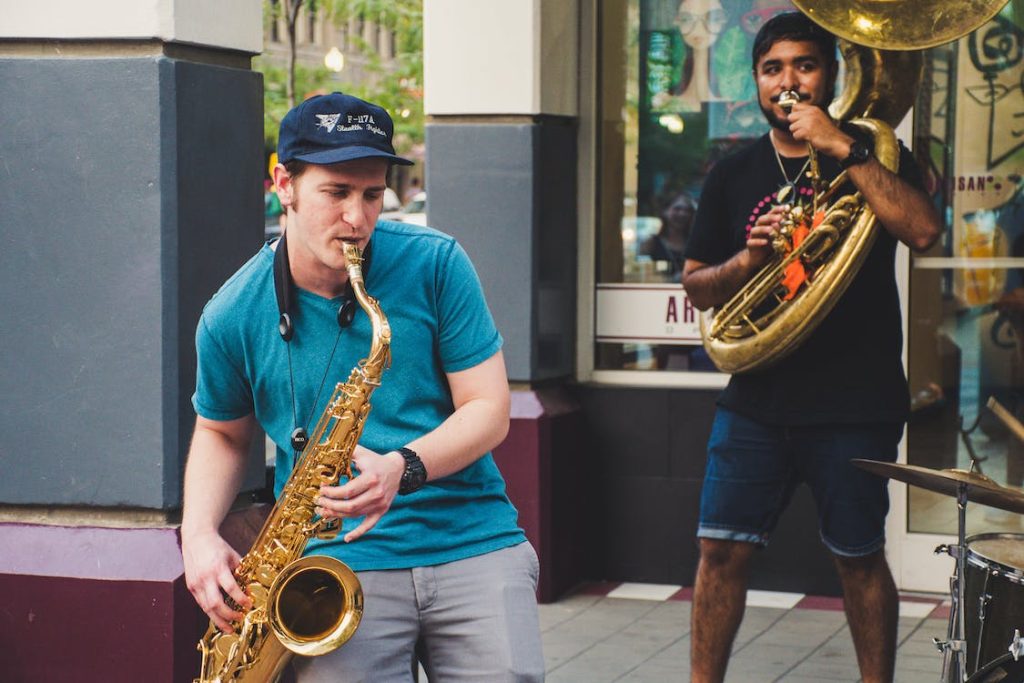A Brief History of Jazz Education
A Brief History of Jazz Education
In this article, you will find out some exciting facts about the history of jazz and the history of jazz education. You will also discover a few pieces of information about colleges with jazz departments nowadays.
Introduction
If you ask yourself when did jazz music begin, you should know that the first jazz musicians appeared in New Orleans USA. This happened at the end of the 19th and the beginning of the 20th century. Jazz was a fusion of African and European music. It combined gospel, blues, ragtime, and brass band marches. After World War I Dixieland became a new jazz style. It fostered collective improvisation as a method of performance. The interwar period brought swing, and World War II gave birth to bebop. All this thanks to saxophonist Charley Parker, trumpeter Dizzy Gillespie, and pianist Thelonious Monk. In the 1950s we got cool and modern bap as new ways of jazz.
It is remarkable that Ken Prouty, associate professor of musicology and jazz studies, once said that “the history of jazz and the history of jazz education are the same things”. It means that musicians learned from each other. So, the art of playing jazz music was passed down through generations. In the rest of the article, we will show you how jazz education was institutionalized until our days.
Rudiments of institutionalization
One of the goals of every school and college is to teach their students about the importance of culture and tradition. If kids from the USA have to write an essay about culture, they should write about the roots and history of jazz music. This is because jazz is a significant part of USA music history. Their tradition essay could feature pieces of information about Luis Armstrong, the most famous jazz musician. He was part of the brass band at the New Orleans Colored Waifs Home for Boys, where he was a student leader.
Students can also mention the famous pianist, Teddy Wilson. He pioneered the establishment of jazz improvisation courses. He also became one of the first influential pedagogues. They cannot miss mentioning composer Joseph Schillinger, neither. He taught George Gershwin, Glenn Miller, Tommy Dorsey, and Henry Cowell in his correspondence program during the 1940s. Students learn about these gentlemen in every school and university worldwide.
The first school of jazz
The next institution which played a significant role in jazz pedagogy was The Lenox School of Jazz. It was founded by Marshall Stearns. He gathered the most famous names of jazz music in those days. The roster included Jimmy Giuffre, George Russell, John Lewis, J.J. Johnson, and Bill Russo. It was in this school where George Russell started teaching the Lydian Chromatic Concept of Tonal Organization. This can be considered as the establishment of jazz theory.
Interestingly, Marshall Stearns wasn’t a musician at all. He was an English teacher who adored talking about jazz. Ultimately, he became a teacher in one of the first jazz history courses. His records collection was impressive. He used all his jazz memorabilia to establish the Institute of Jazz Studies. It was the largest archive of jazz-related material in the world. He also wrote one of the first books regarding the history of jazz named “The Story of Jazz”.
Jazz education today
To those who want to enroll in jazz studies, experts recommend checking out a list of teachers and faculty members before applying. If they choose right, they could have the opportunity to study with well-known names in the music world. There are numerous examples of excellent schools where you can study jazz. One of them is the Manhattan School of Music. It offers household names like Ingrid Jensen, Regina Carter, and Miguel Zenon. It is great that students at the Manhattan School of Music are in New York. This city is known for its jazz scene. Therefore, they have the opportunity to connect with the jazz scene easily.
If students want to improve their jazz improvisation, they should attend the New England Conservatory. This school fosters strong contemporary improvisation. They are not relying so much on traditional improv. On the other hand, the University of Southern California produces young musicians who are successful in music performance, music theory, arranging, and teaching. This university also provides music production, recording, and marketing skills to its students.
Conclusion
One of the great things that originate from the American continent is definitely jazz music. Thanks to the African roots of some Americans, we can enjoy the amazing music that is jazz. Also, Teddy Wilson, Schillinger, Marshall Stearns, and many other jazz pedagogues, jazz education became an inseparable part of music education. Not only in the US but also in schools and universities all over the world. Nowadays, students can choose among numerous colleges that provide different types of jazz courses.

